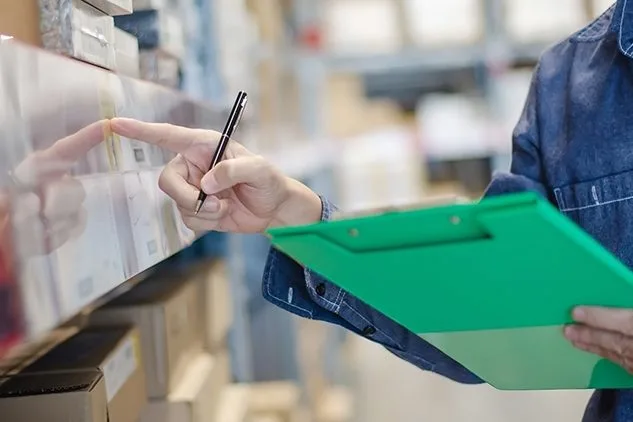Why Inventory Visibility is Critical to Click-and-Collect
We show you why and what can happen if you don’t increase inventory visibility.
When your customers place an order, they expect you to fill it quickly and accurately. However, many buy online, pick up in-store (BOPIS) experiences don’t turn out this way.
In fact, a report by Retail Touchpoints found that 20% of the time a BOPIS order is placed by Millenials and Gen Zers, one of the items purchased is out-of-stock. As a result, these customers are required to wait long periods of time for their order to arrive — sometimes even longer than they might’ve if the product had been shipped to them directly.
Not surprisingly, this can all be tied back to inventory visibility. In this post, we’ll show you why and what can happen if you don’t increase that visibility ASAP. Let’s get started.
What is Inventory Visibility?
Inventory visibility is the ability to see all available products in your stores and fulfillment centers. But not all levels of visibility are created equal.
At the highest level, you can see your inventory organization-wide with updates happening in real-time. Here, you and your customers can accurately track the availability of products, which ensures that orders can always be fulfilled quickly.
But at mid-tier and lower levels, you may deal with information silos or experience significant lag time between purchases and inventory updates. And this can lead to out-of-stock scenarios and backorders for your BOPIS customers.
The results of the latter scenario don’t stop there, though. Here are the cascading effects.
Promised Inventory Isn’t Available for Customers’ BOPIS Orders
The most obvious outcome of limited inventory visibility is the potential for customers to buy unavailable products. Often, this happens because a shopper places an order for an item that was purchased by an in-store customer minutes before. But in any case, the result is the same.
Money has exchanged hands, your customer’s expectations have been set, and your team has been notified to ship the item to the customer. But there’s no product to ship.
Customers Experience Disappointment and Frustration
Since your customers’ expectations can’t be met — i.e. that the product will be packed and shipped quickly to the nearest location — your customers can quickly develop negative feelings about your BOPIS experience and your brand.
This might mean your customers feel disappointed that they can’t pop into your store today to grab a product they would otherwise need to browse your shelves for. Or it might devolve into outright frustration and anger as orders take weeks (rather than days) to arrive.
Customers Leave Your Brand for a Competitor
If the situation is bad enough, it may not end with your customers quitting your BOPIS service. They may decide to leave your business altogether and head to a competitor.
This is especially problematic for retail businesses that operate via online and BOPIS shopping, as the bulk of their customer base can abandon them virtually overnight. And once those customers leave, it’s incredibly difficult for retail and eCommerce businesses to win them back.
Customers Share Negative Reviews About Your Business
Unfortunately, most customers don’t leave businesses quietly either. Whether they post about their experience on social media, Google, and YouTube or share it via word-of-mouth, it always gets out somehow.
And since 92% of people trust negative recommendations from friends, family and complete strangers, this bad “publicity” can be devastating to your business.
Given the compounding negative effects of low inventory visibility on BOPIS offerings, it’s vital for retail and eCommerce businesses to prioritize their inventory management. Fortunately, this is easy with the right omnichannel order management system. In fact, by working with Radial, you can get a complete 360° view of your current inventory organization-wide. And you can leverage our predictive analytics features to forecast future inventory needs for all types of shoppers.
